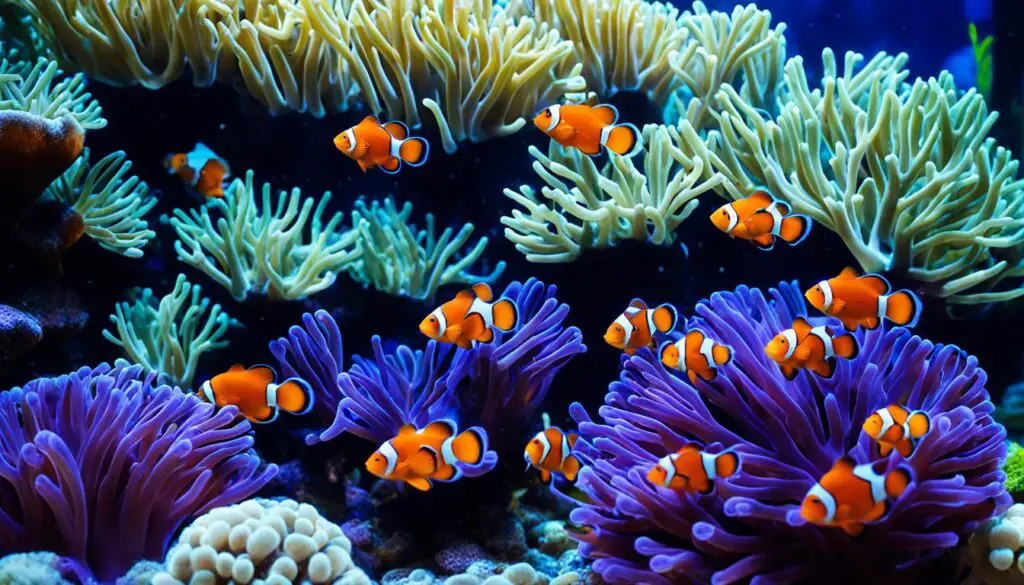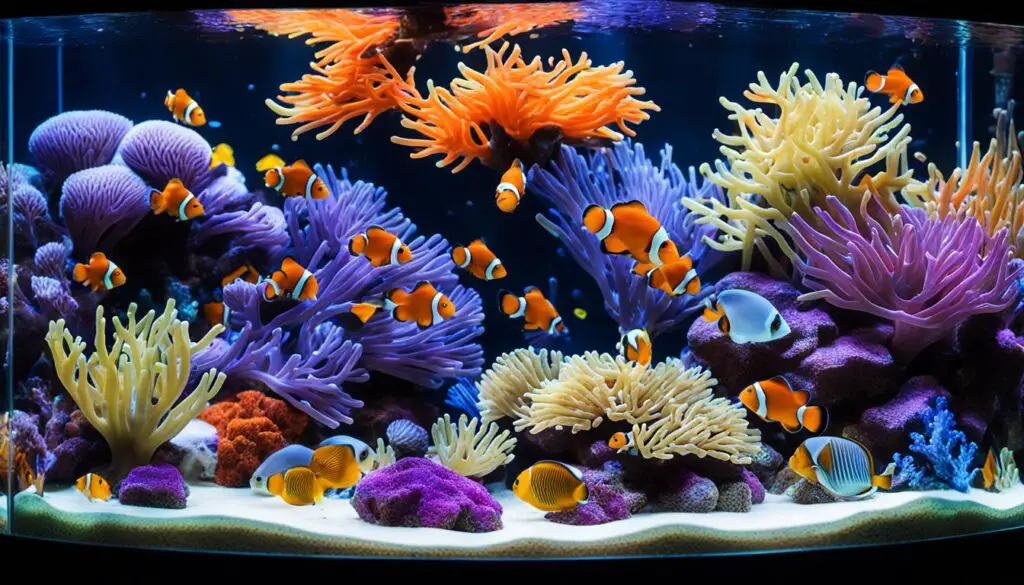What Type Of Animals Are Dolphins And Elephants
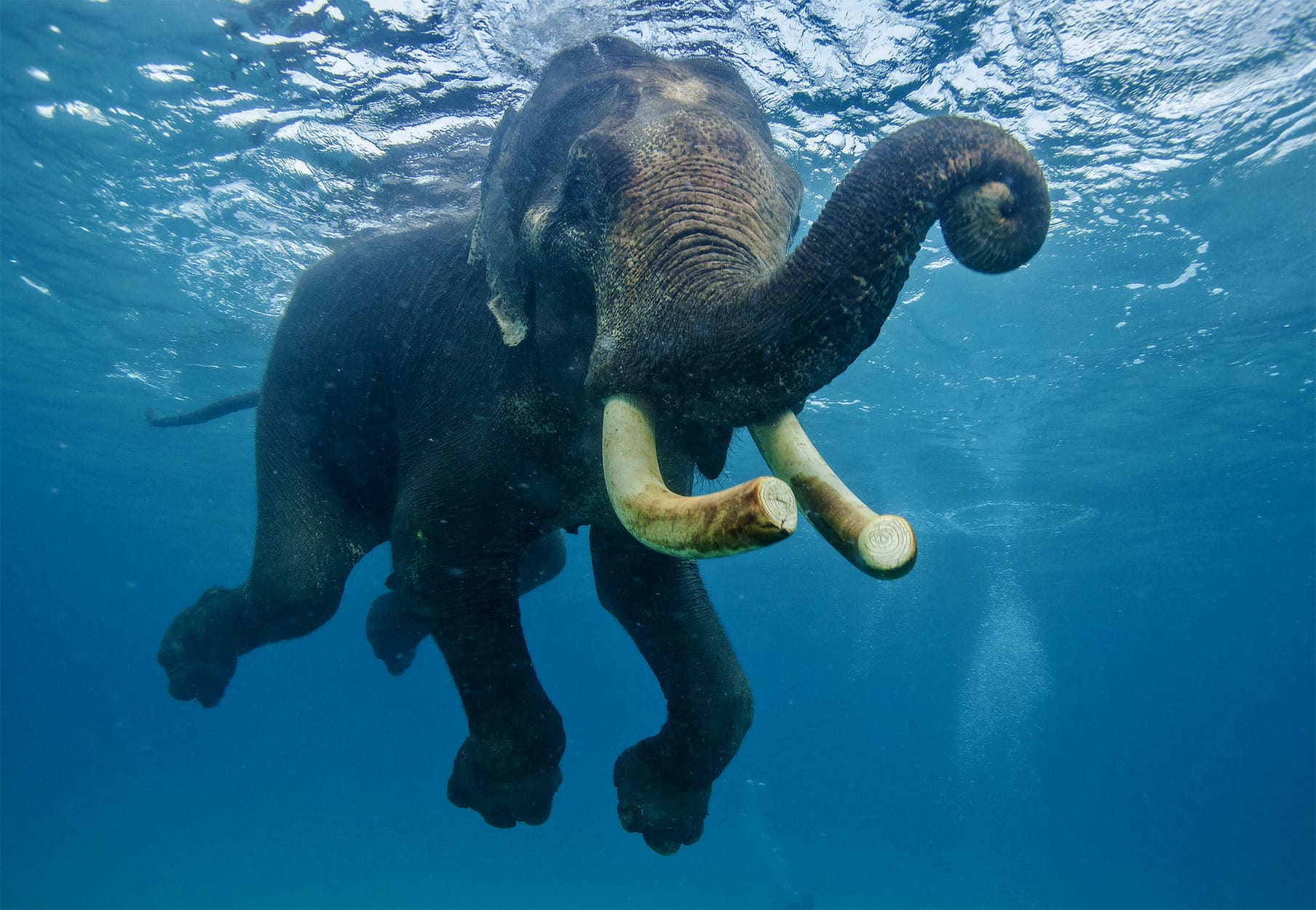
Introduction
Dolphins and elephants, two iconic and beloved creatures of the animal kingdom, inhabit vastly different ecosystems and exhibit contrasting physical characteristics and behaviors. While they belong to separate taxonomic groups and have unique adaptations, both species share certain remarkable attributes that have captured the human imagination for centuries. In this exploration, we delve into what type of animals dolphins and elephants are, shedding light on their classification, habitats, and the awe-inspiring qualities that make them some of the most intriguing creatures on Earth.
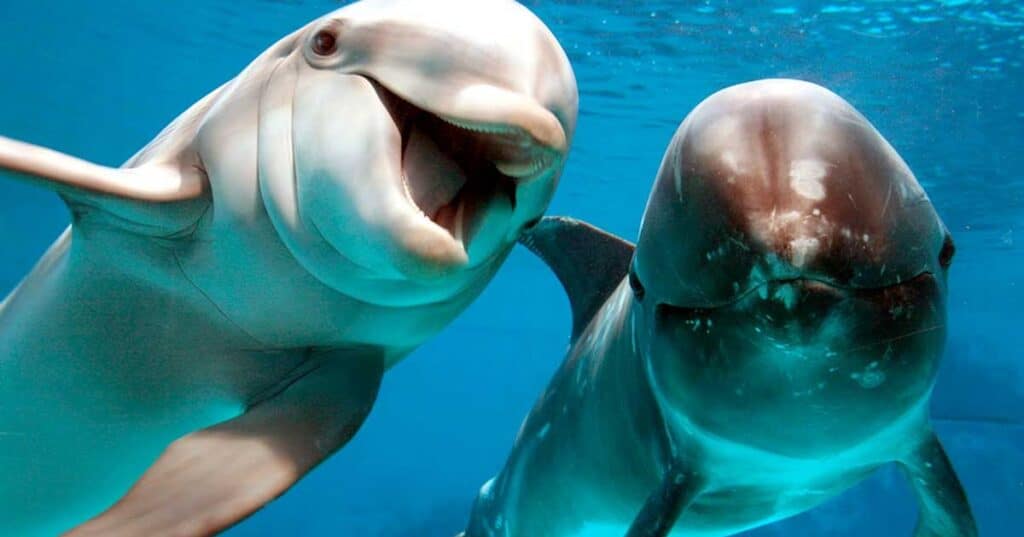
What is the taxonomic classification of dolphins, and how does it place them within the animal kingdom?
Phylum: Chordata
Class: Mammalia
Order: Artiodactyla
Infraorder: Cetacea
Dolphins, with their remarkable intelligence and aquatic lifestyle, belong to a distinct taxonomic classification within the animal kingdom. Their classification is as follows:
Kingdom: Animalia
Dolphins, like all animals, are members of the kingdom Animalia. This kingdom encompasses all multicellular, eukaryotic organisms with heterotrophic (organisms that obtain their food by consuming other organisms) modes of nutrition. Dolphins share this fundamental characteristic with a vast array of animal species, from insects to mammals.
Phylum: Chordata
Within the animal kingdom, dolphins fall under the phylum Chordata. This phylum includes animals characterized by the presence of a notochord at some stage in their life cycle. In the case of dolphins, the notochord is present during their embryonic development, eventually giving way to a more complex vertebral column as they mature.
Subphylum: Vertebrata
Dolphins, along with other animals possessing a true backbone, are classified within the subphylum Vertebrata. The vertebrates have an internal skeleton composed of vertebral columns, which provides support and protection for the spinal cord.
Class: Mammalia
Dolphins belong to the class Mammalia, which is shared with humans and many other terrestrial and marine mammals. Mammals are characterized by key features, including the presence of mammary glands, hair or fur (although dolphins lack this), and a high level of parental care. Dolphins are warm-blooded, breathe air through lungs, and give birth to live young, all of which are mammalian traits.
Order: Cetacea
Within the class Mammalia, dolphins are grouped under the order Cetacea. This order includes not only dolphins but also whales and porpoises. Cetaceans are marine mammals that have adapted to life in the water, and they exhibit a range of specialized features for this aquatic lifestyle.
Family: Delphinidae
Dolphins specifically belong to the family Delphinidae. This family comprises a diverse group of marine dolphins, including the common bottlenose dolphin and the killer whale (orca). Delphinidae is characterized by streamlined bodies, a dorsal fin, and various adaptations for living in the world’s oceans.
In summary, the taxonomic classification of dolphins places them within the animal kingdom (Animalia), the phylum Chordata, the subphylum Vertebrata, the class Mammalia, the order Cetacea, and the family Delphinidae. This classification reflects their evolutionary relationships and shared characteristics with other marine mammals, ultimately highlighting their unique place in the animal kingdom as highly specialized, intelligent, and captivating creatures of the sea.
In which environments do dolphins primarily live, and what adaptations make them well-suited to these habitats?
Some species are well adapted for diving to great depths. They have a layer of fat, or blubber, under the skin to keep warm in the cold water. Dolphins are widespread. Most species prefer the warm waters of the tropic zones, but some, such as the right whale dolphin, prefer colder climates.
Dolphins primarily inhabit marine environments, predominantly oceans and seas, although some species are also found in coastal areas and estuaries. These aquatic habitats offer the conditions necessary for the survival and thriving of dolphins, and these remarkable marine mammals have evolved several adaptations that make them exceptionally well-suited to life in the water.
1. Streamlined Body: Dolphins have streamlined bodies with tapered ends and smooth skin, which reduce water resistance as they swim. This hydrodynamic shape allows them to move efficiently through the water, conserving energy during their travels.
2. Flippers and Dorsal Fin: Dolphins have pectoral flippers and a dorsal fin, both of which aid in steering and stability. Their flippers are flexible and muscular, allowing for precise control of their movements.
3. Tail Fluke: The tail fluke, which consists of two lobes, powers a dolphin’s swimming. They move their tails up and down to generate thrust, enabling rapid acceleration and agile maneuvers.
4. Blowhole: Dolphins have a blowhole on top of their heads, which allows them to breathe without lifting their entire bodies out of the water. This adaptation enables them to surface quickly for air and seamlessly transition between the aquatic and aerial environments.
5. Echolocation: Dolphins are known for their exceptional echolocation abilities. They emit high-frequency clicks, which bounce off objects and return as echoes, providing information about their surroundings, prey, and potential threats. This adaptation is crucial for hunting and navigation, especially in murky waters.
6. Social Behavior: Dolphins are highly social animals and often live in groups, known as pods. This social structure provides numerous advantages, including protection from predators, cooperative hunting, and communication. Group living enhances their chances of survival in the open ocean.
7. Thermoregulation: Dolphins are warm-blooded mammals and have developed efficient mechanisms for thermoregulation in cold ocean waters. They have a thick layer of blubber beneath their skin, which helps retain heat and provides buoyancy.
8. Breath-Holding Capacity: Dolphins can hold their breath for extended periods. While the duration varies among species, some dolphins can stay submerged for several minutes before resurfacing to breathe.
9. Camouflage and Coloration: Dolphins often have countershading coloration, with darker dorsal sides and lighter ventral sides. This helps them blend into the water when viewed from above or below, making it more challenging for predators or prey to detect them.
These remarkable adaptations enable dolphins to thrive in their aquatic environments, whether they are navigating the vast open ocean, exploring coastal waters, or inhabiting the diverse ecosystems of the world’s seas and oceans. Their unique combination of physical, behavioral, and physiological traits makes them well-suited for life as marine mammals.
What are some key physical and behavioral traits that distinguish dolphins from other marine mammals?
Dolphins, as a group of marine mammals, possess several key physical and behavioral traits that set them apart from other marine mammals and contribute to their unique identity in the animal kingdom:
Physical Traits:
Streamlined Bodies: Dolphins have sleek and streamlined bodies, which make them exceptionally agile swimmers. Their torpedo-shaped form minimizes water resistance and allows them to glide through the water with remarkable efficiency.
Dorsal Fin: Dolphins have a prominent dorsal fin on their backs, which helps with stability and steering as they swim. The shape and size of the dorsal fin can vary among species.
Blowhole: Unlike many other marine mammals, dolphins have a single blowhole located on top of their heads. This adaptation enables them to breathe easily at the water’s surface without having to fully expose themselves.
Echolocation Organs: Dolphins possess specialized echolocation organs, including the melon in their foreheads and a highly developed auditory system. These adaptations allow them to emit high-frequency clicks and interpret the returning echoes to navigate, communicate, and locate prey.
Conical Teeth: Dolphins have rows of conical teeth that are well-suited for grasping and holding onto their prey. The number of teeth and their arrangement can vary among species.
Behavioral Traits:
Highly Intelligent: Dolphins are renowned for their exceptional intelligence. They display problem-solving abilities, learn quickly, and exhibit complex social behaviors. Their cognitive capabilities are on par with those of some primates.
Social Animals: Dolphins are highly social animals and often live in groups called pods. These pods can vary in size from just a few individuals to hundreds, depending on the species. Social bonds play a crucial role in their lives, aiding in hunting, protection, and communication.
Playful Nature: Dolphins are known for their playful and acrobatic behaviors, such as leaping out of the water, riding waves, and engaging in synchronized swimming. These playful activities are not only enjoyable but also serve as a form of exercise and social interaction.
Communication: Dolphins have a complex system of communication, involving a variety of vocalizations, body language, and echolocation clicks. They use these communication methods to convey information within their pods and coordinate group activities.
Cooperative Hunting: Many dolphin species engage in cooperative hunting, where they work together to corral and capture schools of fish. This cooperative behavior is a testament to their intelligence and social organization.
These physical and behavioral traits collectively make dolphins a unique and remarkable group of marine mammals. Their adaptability, intelligence, and sociability have fascinated scientists and captured the admiration of people around the world, contributing to their status as one of the most iconic and cherished marine species.
How do dolphins communicate with each other, and what role does their intelligence play in their social interactions?
In general, dolphins make two kinds of sounds, “whistles” and “clicks” (listen to the false killer whales on this page). Clicks are used to sense their surroundings through echolocation, while they use whistles to communicate with other members of their species and very likely, with other species too.
Dolphins are renowned for their complex and sophisticated communication systems, which involve a combination of vocalizations, body language, and echolocation. Their ability to communicate plays a vital role in their social interactions and contributes to their high intelligence. Here’s an overview of how dolphins communicate and the significance of their intelligence in their social lives:
1. Vocalizations:
Clicks: Dolphins produce a rapid series of clicks for echolocation, which is the process of using sound waves to determine the location of objects, including prey and obstacles. These clicks are highly directional and help dolphins “see” their underwater environment.
Whistles: Whistles are more melodic sounds and are often used for social communication. Each dolphin has a unique signature whistle, similar to a name, which helps identify individual dolphins within a pod.
Squawks and Squeaks: Dolphins also emit a range of squawks, squeaks, and other vocalizations that convey emotions and intentions. These sounds are used during social interactions and play.
2. Body Language:
Dolphins communicate through a variety of physical gestures and movements. They may use body postures, such as arching their bodies or tail slapping, to convey information about their mood or intentions.
Physical contact, such as nuzzling or rubbing, is another way dolphins express affiliation, bonding, and reassurance within their social groups.
3. Echolocation:
Echolocation is a remarkable form of communication used by dolphins to locate prey and navigate their environment. They emit clicks that bounce off objects and return as echoes, providing detailed information about the objects’ size, shape, and location.
Role of Intelligence in Social Interactions:
Dolphin intelligence is a key factor in their social interactions. Their advanced problem-solving abilities and memory facilitate cooperation within their pods. They work together to hunt, protect one another from predators, and care for their young.
Their intelligence allows dolphins to recognize and remember the unique whistles of their pod members. This aids in maintaining social cohesion and enables them to reunite if separated.
Which order do elephants belong to, and how do they compare in size to other terrestrial mammals?
Elephants belong to the order Proboscidea. They are renowned for their colossal size, making them the largest terrestrial mammals on Earth. African elephants (Loxodonta africana and Loxodonta cyclotis) are generally larger than their Asian counterparts (Elephas maximus). An adult African elephant can weigh between 4,500 to 6,800 kg (10,000 to 15,000 lbs) and stand up to 4 meters (13 feet) tall at the shoulder. Asian elephants are slightly smaller, with males averaging 3,000 to 4,500 kg (6,600 to 10,000 lbs) in weight and 2.5 to 3 meters (8 to 10 feet) in shoulder height. Their immense size is attributed to their herbivorous diet and adaptations for life in diverse ecosystems.
What are some distinctive features of an elephant’s anatomy, particularly its trunk, tusks, and ears?
Trunk: The trunk of an elephant is a highly specialized and flexible elongation of its upper lip and nose. It serves a multitude of functions, including grasping objects, foraging, drinking, and communication. It contains an intricate network of muscles and can be incredibly dexterous.
Tusks: Most male elephants and some females have elongated upper incisor teeth known as tusks. These tusks are used for various purposes, such as digging, stripping bark, and as weapons for defense or in social interactions. They are made of ivory and have unfortunately made elephants a target for illegal ivory trade.
Ears: Elephant ears are large and serve several functions. They help regulate the animal’s body temperature through heat dissipation. Additionally, they aid in communication and can convey emotions. African elephants typically have larger ears compared to Asian elephants.
What are the primary habitats and geographical ranges of African and Asian elephants, and how do they differ?
African Elephants: African elephants are found in a wide range of habitats across sub-Saharan Africa. They inhabit diverse ecosystems, including savannas, forests, deserts, and wetlands. There are two recognized African elephant species, the African forest elephant and the African savanna elephant.
Asian Elephants: Asian elephants have a more limited geographical range, primarily inhabiting various forested regions and grasslands in Asia, including India, Sri Lanka, Southeast Asia, and parts of Nepal and Bhutan. Their habitat is increasingly threatened by human activities.
What social structures and behaviors are commonly observed in elephant herds and family groups?
Elephants are highly social animals with complex family structures. They live in matriarchal herds led by an experienced female, often the oldest and most knowledgeable member. These herds consist of related females and their offspring. Males are generally solitary or form loose-knit bachelor groups. Social behaviors include grooming, playing, and cooperation in activities like raising young and defending against predators.
How do both dolphins and elephants demonstrate remarkable adaptability and resilience in their respective ecosystems?
Dolphins: Dolphins have adapted to a wide range of marine environments, from coastal areas to open oceans. Their streamlined bodies, echolocation abilities, and complex social structures contribute to their adaptability. Their intelligence allows them to learn and respond to changing conditions and threats.
Elephants: Elephants are found in diverse terrestrial ecosystems, from savannas to forests. They have evolved specialized features like their trunk, tusks, and ears to thrive in these environments. Their remarkable memory and learned behaviors, such as migrating in search of food and water, demonstrate their adaptability.
What conservation challenges do dolphins and elephants face today, and what efforts are being made to protect these iconic species?
Dolphins: Dolphins face threats such as habitat degradation, pollution, bycatch in fishing gear, and human disturbances. Conservation efforts involve marine protected areas, regulations to reduce bycatch, and public awareness campaigns advocating responsible dolphin-watching and marine conservation.
Elephants: Elephants confront poaching for ivory, habitat loss due to human encroachment, and conflicts with local communities. Conservation initiatives include anti-poaching measures, habitat preservation, community-based conservation programs, and strict regulations on ivory trade to protect these majestic animals.
Both dolphins and elephants are iconic species that capture the imagination of people worldwide, and concerted efforts are being made to ensure their survival and protect their natural habitats.
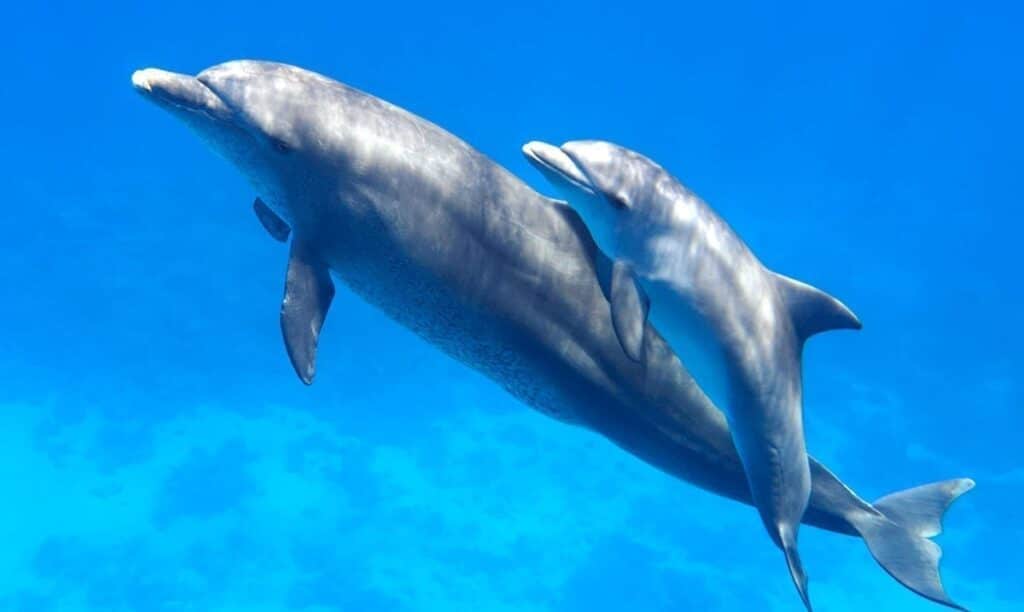
Conclusion
Dolphins and elephants represent two distinct branches of the animal kingdom, showcasing the incredible diversity and wonder of life on our planet. Dolphins, as members of the Cetacea order, are highly intelligent, social marine mammals that have adapted to life in the world’s oceans. In contrast, elephants, belonging to the Proboscidea order, are the largest terrestrial mammals on Earth, known for their immense size, strength, and complex social structures.
Despite their differences, both dolphins and elephants have captured the hearts and minds of humans around the world. Dolphins enthrall us with their playful acrobatics and sophisticated communication, while elephants evoke awe with their sheer size and gentle, yet majestic, demeanor. These animals remind us of the beauty and diversity of life on Earth and underscore the importance of conservation efforts to protect these incredible species for future generations to admire and cherish. In their own unique ways, dolphins and elephants continue to inspire and connect us to the natural world.


